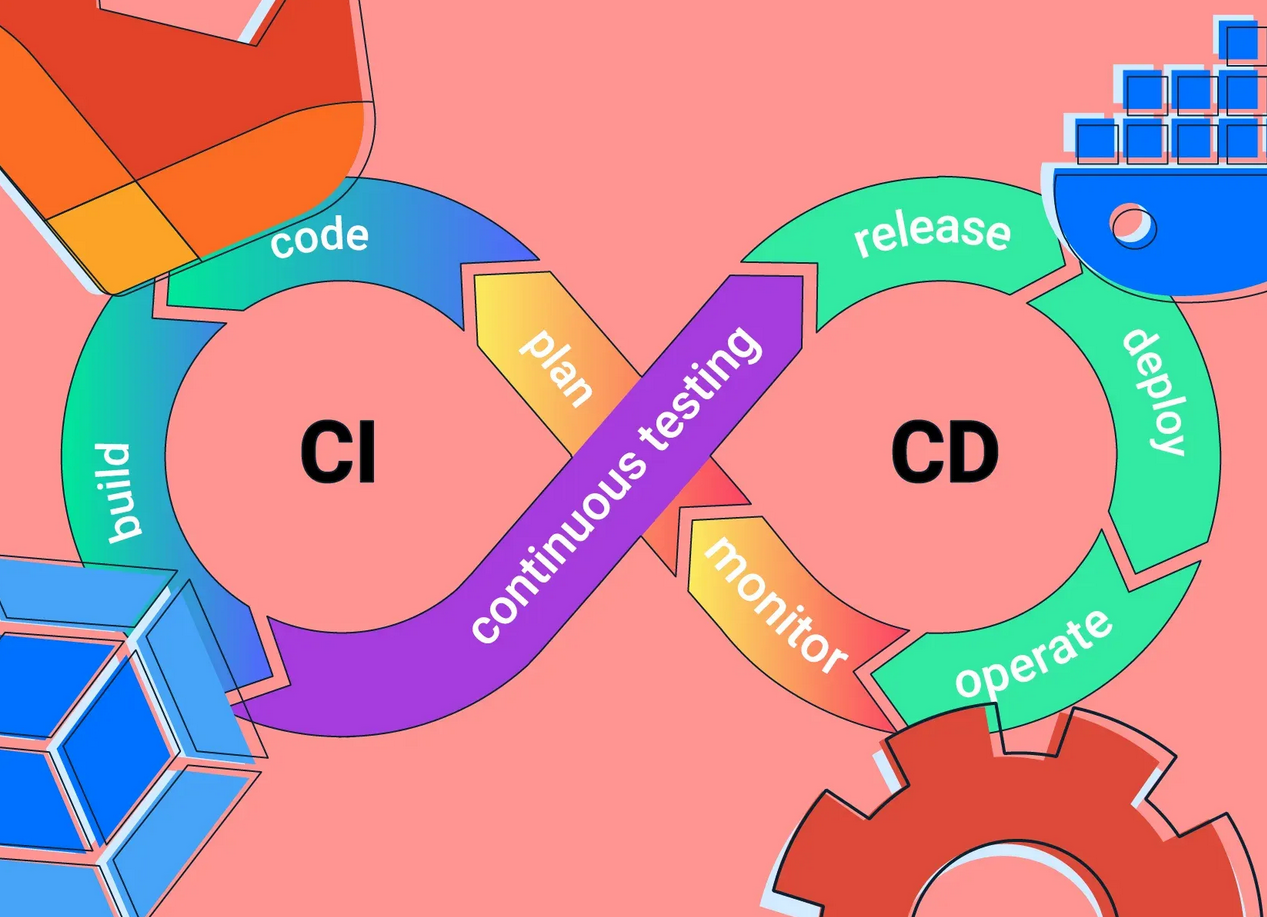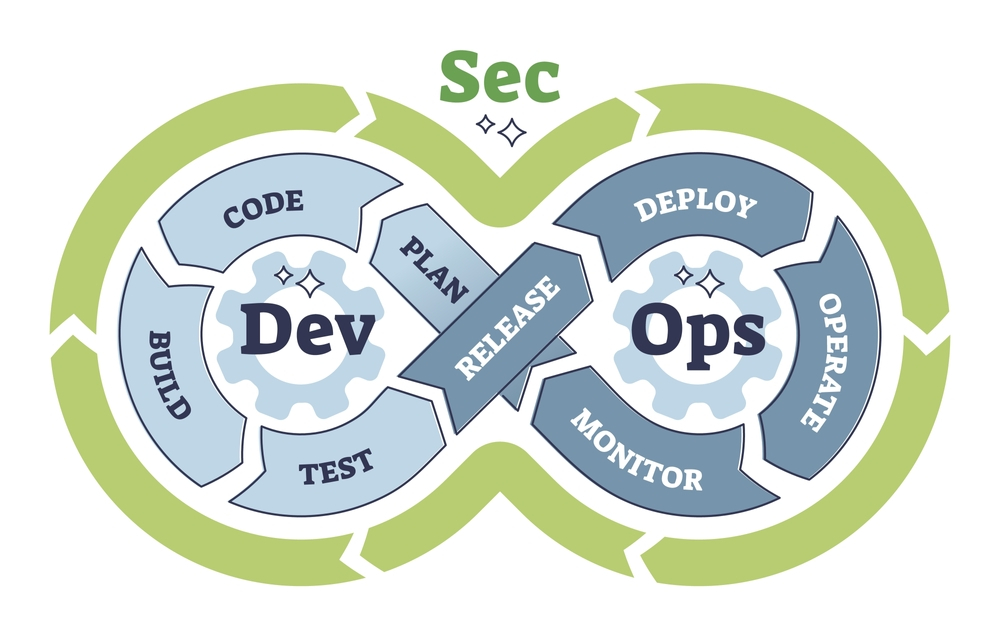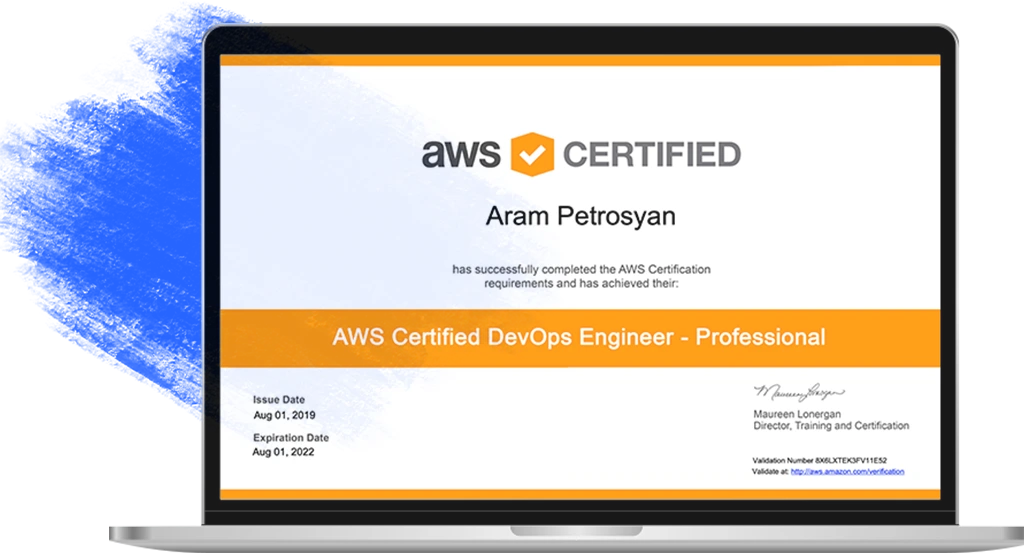“Optimize Your CI/CD Pipeline: Unlock Maximum Efficiency with DevOps Best Practices!”
Introduction
In today’s fast-paced software development landscape, the integration of DevOps practices is essential for organizations aiming to enhance their Continuous Integration and Continuous Deployment (CI/CD) pipelines. By adopting DevOps best practices, teams can streamline their workflows, reduce deployment times, and improve collaboration between development and operations. This introduction explores key strategies for optimizing CI/CD processes, focusing on automation, monitoring, and feedback loops to achieve maximum efficiency. Emphasizing the importance of a culture of continuous improvement, this guide will provide actionable insights to help teams deliver high-quality software faster and more reliably.
Continuous Integration Strategies for Enhanced Collaboration
In the realm of software development, the adoption of Continuous Integration (CI) strategies has emerged as a cornerstone for enhancing collaboration among teams. By integrating code changes frequently, developers can detect issues early, thereby fostering a culture of shared responsibility and collective ownership. This practice not only streamlines the development process but also significantly reduces the time taken to deliver high-quality software. To achieve maximum efficiency in CI, organizations must implement several best practices that promote collaboration and communication among team members.
One of the fundamental strategies for enhancing collaboration through CI is the establishment of a robust version control system. By utilizing tools such as Git, teams can manage code changes effectively, allowing multiple developers to work on different features simultaneously without conflict. This system not only tracks changes but also facilitates seamless collaboration by enabling team members to review each other’s code, provide feedback, and suggest improvements. Consequently, this practice cultivates an environment of continuous learning and knowledge sharing, which is essential for team cohesion and project success.
Moreover, automating the build process is another critical aspect of CI that enhances collaboration. By implementing automated build tools, teams can ensure that code changes are compiled and tested consistently. This automation minimizes the risk of human error and allows developers to focus on writing code rather than managing builds. Furthermore, automated builds provide immediate feedback on the integration status, enabling teams to address issues promptly. This swift feedback loop not only accelerates the development process but also encourages a proactive approach to problem-solving, thereby reinforcing collaborative efforts.
In addition to automation, establishing a clear communication channel is vital for fostering collaboration within CI practices. Utilizing platforms such as Slack or Microsoft Teams can facilitate real-time discussions among team members, allowing them to share insights, ask questions, and resolve issues quickly. Regular stand-up meetings can also be beneficial, as they provide a structured environment for team members to discuss their progress, challenges, and next steps. By maintaining open lines of communication, teams can ensure that everyone is aligned on project goals and timelines, which ultimately enhances collaboration and productivity.
Furthermore, integrating Continuous Testing into the CI pipeline is essential for maintaining high-quality standards while promoting collaboration. By incorporating automated testing frameworks, teams can ensure that code changes are validated against predefined criteria before they are merged into the main branch. This practice not only reduces the likelihood of introducing defects but also encourages developers to write testable code. As a result, team members become more accountable for their contributions, fostering a sense of ownership and collaboration throughout the development process.
Lastly, leveraging metrics and analytics can provide valuable insights into the CI process, enabling teams to identify areas for improvement. By tracking key performance indicators such as build success rates, deployment frequency, and lead time for changes, organizations can assess the effectiveness of their CI strategies. This data-driven approach allows teams to make informed decisions about their processes, ultimately leading to enhanced collaboration and efficiency.
In conclusion, implementing effective Continuous Integration strategies is crucial for enhancing collaboration within software development teams. By establishing a robust version control system, automating builds, maintaining clear communication, integrating Continuous Testing, and leveraging metrics, organizations can streamline their CI/CD pipelines. These practices not only foster a collaborative environment but also contribute to the overall success of software projects, ensuring that teams can deliver high-quality products efficiently and effectively.
Automated Testing Techniques to Improve Deployment Speed
In the realm of DevOps, the integration of automated testing techniques is pivotal for enhancing deployment speed and ensuring the reliability of software releases. As organizations strive to deliver high-quality applications at an accelerated pace, the implementation of automated testing within the Continuous Integration and Continuous Deployment (CI/CD) pipeline becomes increasingly essential. By adopting these techniques, teams can identify defects early in the development process, thereby reducing the time and effort required for manual testing and subsequent bug fixes.
One of the most effective automated testing techniques is unit testing, which focuses on validating individual components of the software. By isolating each unit of code, developers can ensure that each part functions correctly before it is integrated into the larger system. This early detection of issues not only streamlines the development process but also minimizes the risk of introducing defects into production. Furthermore, unit tests can be executed rapidly, allowing for immediate feedback to developers and facilitating a more agile development cycle.
In addition to unit testing, integration testing plays a crucial role in the automated testing landscape. This technique assesses the interactions between different modules or services within the application. By automating integration tests, teams can quickly verify that the various components work together as intended, thus preventing integration issues that could arise during later stages of development. The automation of these tests ensures that they can be run frequently, providing continuous validation of the system’s functionality and enhancing overall deployment speed.
Moreover, automated functional testing is another vital technique that contributes to the efficiency of the CI/CD pipeline. This type of testing evaluates the software’s functionality against specified requirements, ensuring that the application behaves as expected from the end-user’s perspective. By employing automated functional tests, organizations can simulate user interactions and validate critical workflows, which not only accelerates the testing process but also enhances the user experience. As a result, teams can deploy updates with confidence, knowing that the core functionalities have been thoroughly vetted.
Transitioning to performance testing, this technique is essential for assessing how the application behaves under various load conditions. Automated performance tests can simulate multiple users accessing the system simultaneously, allowing teams to identify potential bottlenecks and scalability issues before they impact end-users. By integrating performance testing into the CI/CD pipeline, organizations can proactively address performance concerns, ensuring that the application remains responsive and reliable even as user demand fluctuates.
Furthermore, security testing is an increasingly important aspect of automated testing that cannot be overlooked. With the rise of cyber threats, incorporating automated security tests into the CI/CD pipeline helps identify vulnerabilities early in the development process. By automating security assessments, teams can ensure that security measures are consistently applied and that any potential risks are mitigated before deployment. This proactive approach not only enhances the security posture of the application but also fosters a culture of security awareness within the development team.
In conclusion, the integration of automated testing techniques within the CI/CD pipeline is essential for improving deployment speed and ensuring software quality. By leveraging unit testing, integration testing, functional testing, performance testing, and security testing, organizations can streamline their development processes and deliver reliable applications more efficiently. As the demand for rapid software delivery continues to grow, embracing these automated testing practices will be crucial for maintaining a competitive edge in the ever-evolving digital landscape.
Monitoring and Feedback Loops for Continuous Improvement
In the realm of DevOps, the significance of monitoring and feedback loops cannot be overstated, particularly when it comes to enhancing the efficiency of Continuous Integration and Continuous Deployment (CI/CD) pipelines. As organizations strive to deliver software more rapidly and reliably, establishing robust monitoring mechanisms becomes essential. These mechanisms not only provide insights into the performance of applications but also facilitate the identification of bottlenecks and areas for improvement within the CI/CD process.
To begin with, effective monitoring involves the collection of relevant metrics that reflect the health and performance of both the application and the pipeline itself. Key performance indicators (KPIs) such as build times, deployment frequency, and failure rates serve as critical benchmarks. By continuously tracking these metrics, teams can gain a comprehensive understanding of their operational efficiency. For instance, if build times are consistently high, it may indicate underlying issues in the codebase or the need for optimization in the build process. Consequently, teams can prioritize addressing these issues, thereby streamlining their CI/CD pipeline.
Moreover, the integration of automated monitoring tools can significantly enhance the visibility of the CI/CD pipeline. These tools can provide real-time insights into various stages of the pipeline, allowing teams to detect anomalies and respond promptly. For example, if a deployment fails, automated alerts can notify the relevant team members, enabling them to investigate the root cause without delay. This proactive approach not only minimizes downtime but also fosters a culture of accountability and responsiveness within the team.
In addition to monitoring, establishing effective feedback loops is crucial for continuous improvement. Feedback loops facilitate communication between development, operations, and other stakeholders, ensuring that insights gained from monitoring are effectively utilized. Regular retrospectives and post-mortem analyses can serve as valuable forums for discussing what went well and what could be improved. By encouraging open dialogue, teams can share their experiences and learn from one another, ultimately leading to more informed decision-making.
Furthermore, incorporating user feedback into the CI/CD process can provide additional layers of insight. By actively seeking input from end-users, organizations can better understand how their applications perform in real-world scenarios. This feedback can inform future development cycles, allowing teams to prioritize features and enhancements that align with user needs. Consequently, this user-centric approach not only improves the quality of the software but also fosters greater customer satisfaction.
As organizations continue to evolve their DevOps practices, it is essential to recognize that monitoring and feedback loops are not one-time initiatives but rather ongoing processes. Continuous improvement requires a commitment to regularly revisiting and refining monitoring strategies and feedback mechanisms. By fostering a culture of experimentation and learning, teams can adapt to changing circumstances and emerging technologies, ensuring that their CI/CD pipelines remain efficient and effective.
In conclusion, the integration of robust monitoring and feedback loops is vital for optimizing CI/CD pipelines. By leveraging metrics, automated tools, and user feedback, organizations can identify areas for improvement and implement changes that enhance overall efficiency. As the landscape of software development continues to evolve, embracing these best practices will empower teams to deliver high-quality software at an accelerated pace, ultimately driving business success in an increasingly competitive environment.
Conclusion
In conclusion, implementing DevOps best practices to streamline your CI/CD pipeline is essential for maximizing efficiency. By fostering collaboration between development and operations teams, automating testing and deployment processes, and utilizing monitoring and feedback mechanisms, organizations can reduce lead times, enhance software quality, and respond more swiftly to market demands. Continuous improvement through regular assessments and the adoption of modern tools further ensures that the pipeline remains agile and effective, ultimately driving greater business value and innovation.





